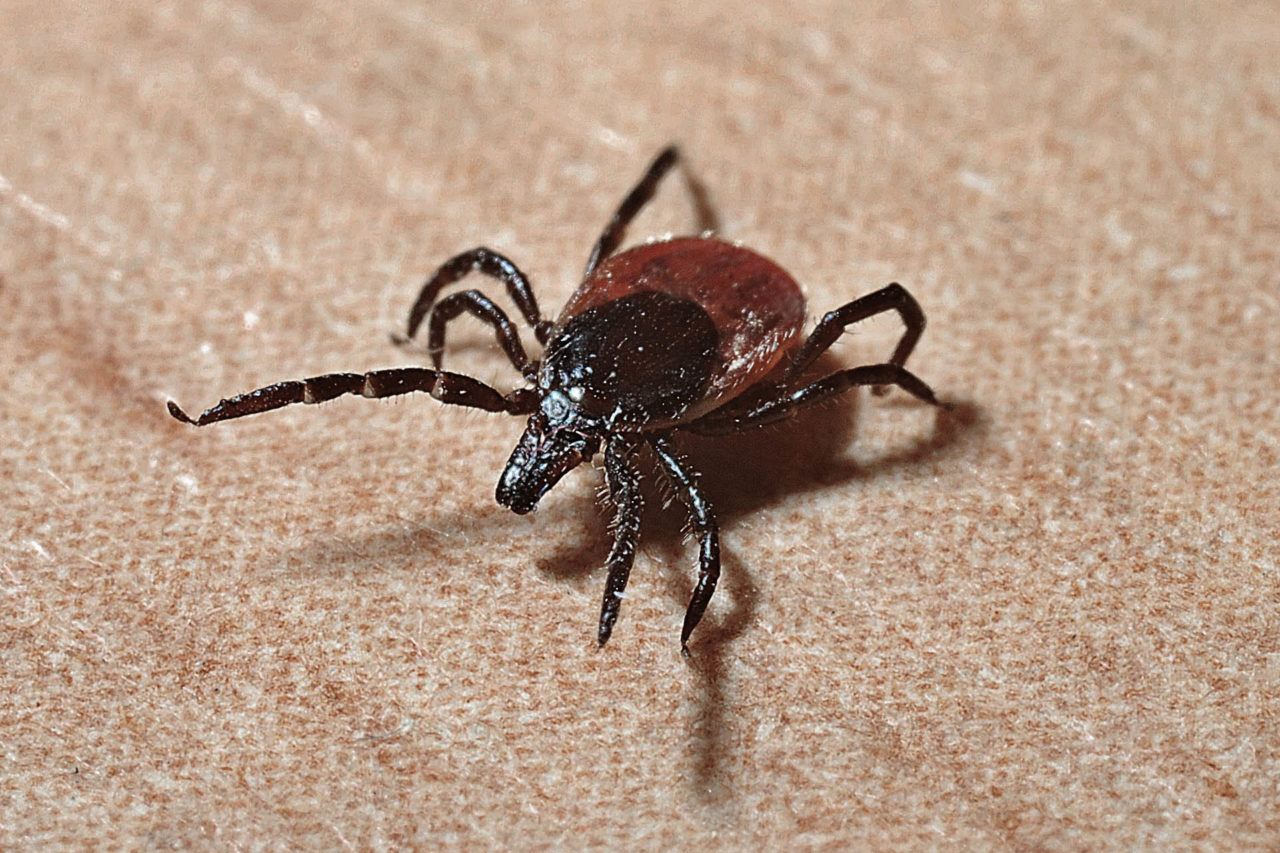Vampire of the uplands
At first I thought it was a thorn from a rose. I ran my hand up the back of my calf and could feel it caught in my skin. Something small, sticking out, it could be flicked back and forth on the soft area at the back of the knee: a tick. Using a botanical hand lens, I peered, fascinated and repulsed, at its dark brown abdomen, its eight legs, its implanted head. The instinct was to pull it out, to get rid of this vampire feeding on my blood, but doing so could leave its mouthparts behind.
As a walker of the uplands where sheep and deer graze and mice are plentiful, I am used to being bitten by ticks and have a special tool to extract them. Bought from a vet, it is made of rigid plastic, crooked and slotted at one end. This I slid under the tick and turned slightly to pull it out. Lying on a tissue, dark against the white, its flat body was the size and shape of a sesame seed, its legs curved crab-like. An arachnid, Ixodes ricinus, it was a sheep tick, which, if left, could swell to the size of a pea. This one can’t have been feeding for very long; they become paler as their bodies stretch.
A tick can climb to the top of a grass stalk, waiting for a host to brush past, or be in the leaf litter under a tree. Because they inject an anaesthetic, you can be unaware that they have attached themselves. I have picked them up by swishing through long wet grass on Islay, sitting under a hawthorn out of the sun on a Lakeland fell, walking by a stream in Allendale.
Ticks are becoming more common all over Britain and, though only a small proportion do, they can transmit a number of serious diseases through their saliva. One is Lyme disease, which may start a week or so after the bite, with a red ring spreading outwards and flu-like symptoms; it’s essential it is diagnosed early.










